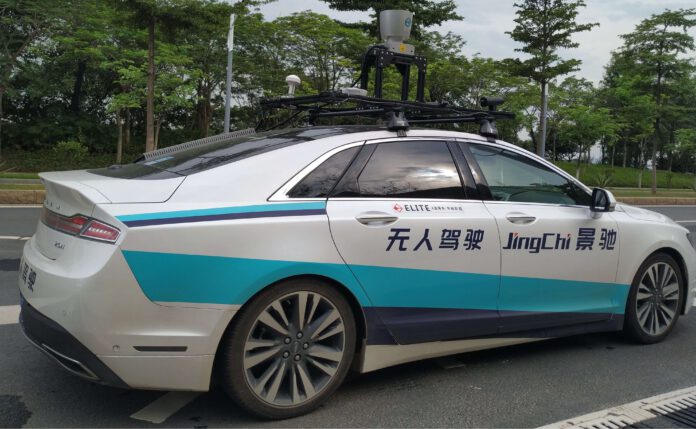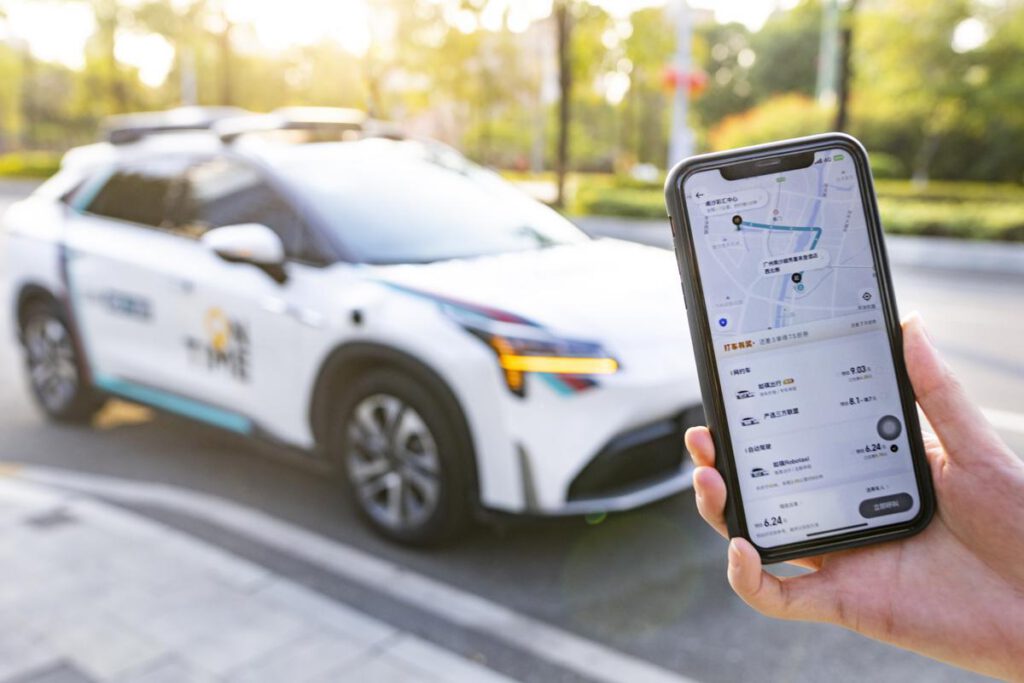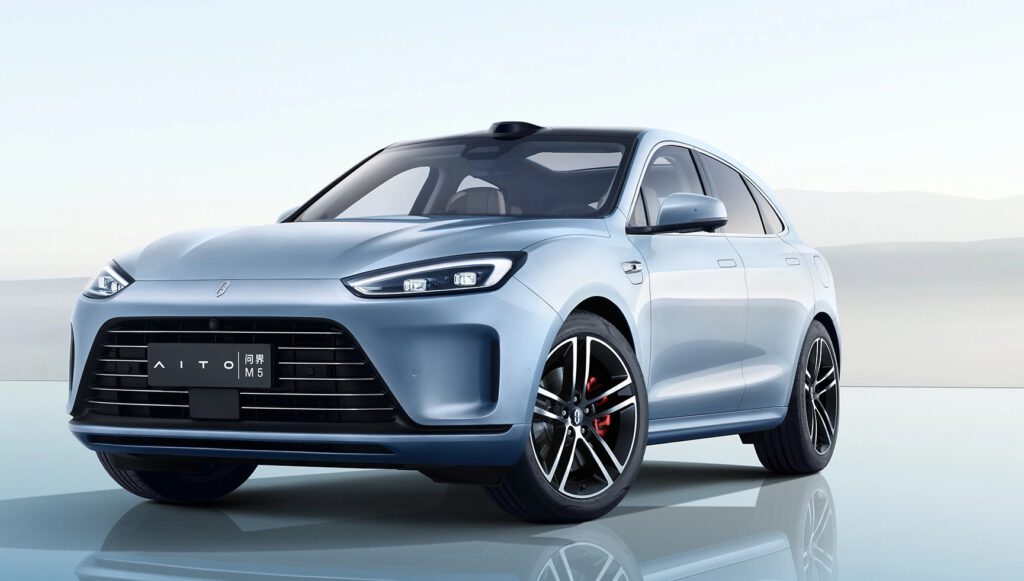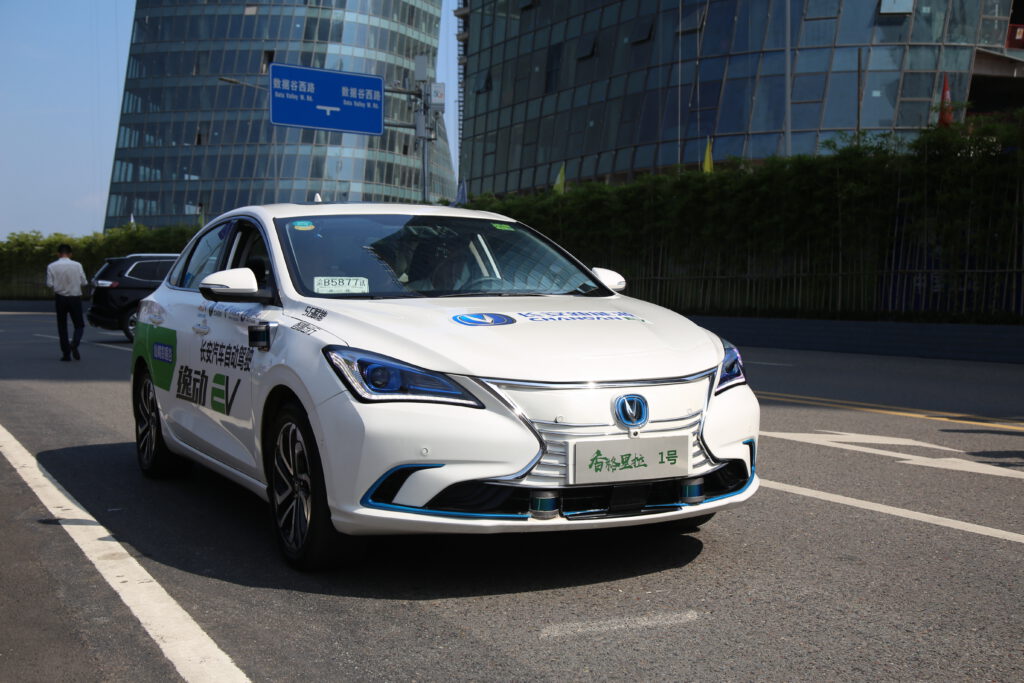
At the 2022 China Smart Networked Vehicle Yanzi Lake Summit, Shenzhen’s Pingshan District has issued pilot commercialization notices for a total of 50 self-driving vehicles for the consortium of AntoX, Pengcheng Electric, and Apollo Go.
This June, Pingshan District issued pilot licenses for the unmanned commercialization of intelligent networked vehicles for the consortium of AntoX, Pengcheng Electric, and Apollo Go, and for the first time issued unmanned trolley test licenses for Meituan, Neolix, and White Rhino.

“This further award of the first batch of unmanned commercialization pilot licenses in Shenzhen’s Pingshan District means that Robotaxi, AntoX’s L4-level driverless passenger cab, will not only be able to provide driverless and safety crewless passenger service in Pingshan, but also conduct commercialization pilot exploration, greatly enhancing the company’s insistence on continuous investment in R&D and commercialization in the L4 high-level autonomous driving track confidence in landing.” AntoX Vice President Lin Tailai said.
The operating area of Apollo Go in Shenzhen is 188 square kilometers, and the operating hours are from 7:00 to 22:00. In Pingshan, users can call Apollo Go driverless vehicles through the official APP, small programs, and other online platforms, and the pilot commercial operation is currently operating at a 10% discount.
Unlike the previous smart driving commercialization pilot, this unmanned commercialization pilot license does not have a driver or safety officer in the car to carry the service.

Intelligent networked car industry added value accounted for nearly half of Shenzhen
Pingshan District is the first administrative district in Shenzhen to propose region-wide openness. in August 2022, China’s first intelligent networked vehicle management regulation, the Shenzhen special economic zone intelligent networked vehicle management regulations, came into effect, and Pingshan District introduced China’s first legislatively-backed intelligent networked vehicle region-wide openness and commercialization pilot policy in December of the same year, allowing road testing, demonstration applications, and commercial pilot activities.
The intelligent networked vehicle industry is one of the “20+8” advantageous industry clusters in Shenzhen, which plans to reach 200 billion yuan in revenue by 2025, forming a strategic echelon of more than 10 enterprises with over 10 billion yuan in revenue and more than 20 enterprises with over one billion yuan in revenue.

Specifically in Pingshan District, according to the Shenzhen Municipal Action Plan for Fostering and Developing Intelligent Sensor Industry Cluster (2022-2025) issued in June last year, Pingshan has both R&D design and manufacturing functions and mainly carries out the construction of intelligent networked transportation test and demonstration platform, vehicle manufacturing, and multi-scene application testing and verification.
Pingshan District is the first in Shenzhen that can carry commercial unmanned tests in all accessible roads of all areas at the same time. In 2022, the added value of Shenzhen’s intelligent networked vehicle industry reached 51.1 billion yuan, of which Pingshan District reached 25.5 billion yuan, accounting for nearly 1/2 of the city, and the number of intelligent networked vehicle enterprises on the scale in the district has increased from 22 in 2017 to 95 nowadays.
Specifically, Pingshan District is accelerating the construction of infrastructure such as the Shenzhen intelligent networked transportation test demonstration area and the transformation of networked intersections across the region, of which the construction of a closed test area will be completed in the second half of this year, which will then fully support the L3 and L4 product access tests for intelligent networked vehicles.

China has precedents regarding driverless pilots
In the past few years, major Chinese cities, including Beijing, Shanghai, Guangzhou, Shenzhen, Chongqing, Changsha, have started a race to become the first city of autonomous driving.
As early as 2017, the intelligent driving bus system in Shenzhen Futian Free Trade Zone debuted a trial run; in 2018, Shenzhen, led by the Transport Bureau, and some departments formed a joint group of intelligent network-connected vehicle road testing, to promote autonomous driving on the ground; early 2019, the Science and Technology Park area began to have self-driving technology companies to start road testing.
In May 2020, the Shenzhen Municipal Development and Reform Commission issued several measures to help the development of the smart networked vehicle industry in various aspects, such as improving infrastructure construction. In the same year, a guidance was issued, specifying three application demonstration scenarios for people carrying, urban sanitation operations, cargos, and other special operations. After the release of the opinions, Shenzhen Mawan Port took the lead in becoming the world’s first port for large-scale application of autonomous driving, while Nanshan, Futian, and Pingshan areas became the gathering place for commercialization of self-driving cabs, minibusses, and delivery vehicles.

As of February 2022, Shenzhen has opened test road mileage of about 145 km and more than 800 companies involved in autonomous driving.
Today, China’s autonomous driving industry is not only leading in technology and application, but is also gaining acceptance in the market.
According to the market research firm J.D. Power, Chinese consumers’ confidence in autonomous driving technology reached 50 points, much higher than the 36 points of U.S. consumers, indicating a higher level of acceptance of autonomous driving among Chinese consumers.
Perhaps, Chinese users and Chinese companies have long been ready to meet the arrival of the driverless era, and in the future, there will be more and more intelligent cars and smart roads, and people are no longer far from the idea in the illustration after all.
(Source: China Daily, Interesting Engineer)



